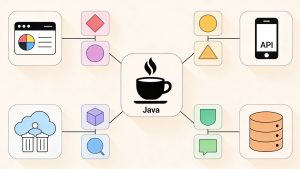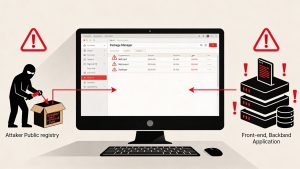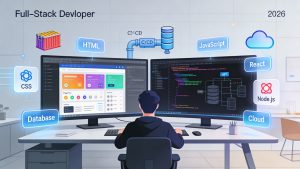Vibe coding has emerged as a popular approach in which developers, designers, and non-technical users express application requirements to AI in natural language, allowing generative models to handle the heavy lifting of code generation. This paradigm enables anyone to create software by describing the “vibe” they want, empowering broad participation in app development.
Why AI Coding Personality Matters
Each generative AI or large language model exhibits its own coding personality, mirroring the diverse styles found among human programmers. Understanding the model’s underlying style can mean the difference between quick success and persistent frustration for vibe coders. Whether the code is clear and reliable or convoluted and error-prone, awareness of these traits is essential for producing quality results.
Coding Styles: Human and AI Perspectives
The styles of coding—sometimes referred to as personalities—can vary dramatically. Some programmers craft code that is concise and readable, while others may deliver baffling, spaghetti-like solutions that are difficult to maintain. These differences are now reflected in the way AI models produce code, highlighting the need for users to assess and guide their chosen AI’s output.
The Need for Code Review
AI-generated code often lacks robust error handling or fails to account for realistic user inputs, making human review and intervention a necessity for dependable results. Coding personalities that produce fragile, buggy, or insecure software pose serious risks, so inspecting and refining the generated code remains a best practice—even as AI tools grow more capable.
Benchmarking Coding Personalities of Leading AI Models
A recent study grouped popular AI coding models by their distinct programming personas:
- Baseline Performer: GPT-5 Minimal
- Senior Architect: Claude Sonnet 4
- Balanced Predecessor: Claude 3.7 Sonnet
- Efficient Generalist: GPT-4o
- Unfilled Promise: Llama 3.2 90B
- Rapid Prototyper: OpenCoder-8b
Each model has strengths, such as algorithmic power and syntactic correctness, but shares blind spots including weak security and a tendency to accrue technical debt. Developers must weigh these factors and select models that best serve the intended app or program.
Customization and Adaptability
As AI makers race to improve coding automation, differences between generic and customized models become more pronounced. Tailored coding models may offer advantages in error checking or clarity, but regular updates mean personalities and capabilities can shift quickly. Staying informed about current model performance is vital for productive vibe coding.
Best Practices for Vibe Coders
To get the most out of vibe coding, users should:
- Specify desired coding styles and error checks directly in AI prompts
- Review AI-generated output for completeness and clarity
- Use models suited to the complexity and security needs of the project
- Stay aware that rapid changes in LLM development may alter coding personalities
The Future of Coding Automation
AI coding tools increasingly bridge the gap between technical and non-technical users, ushering in an era where software creation is more accessible and dynamic than ever before. As models evolve toward greater reliability and sophistication, the boundaries of what can be achieved through vibe coding will continue to expand.
Read more such articles from our Newsletter here.



